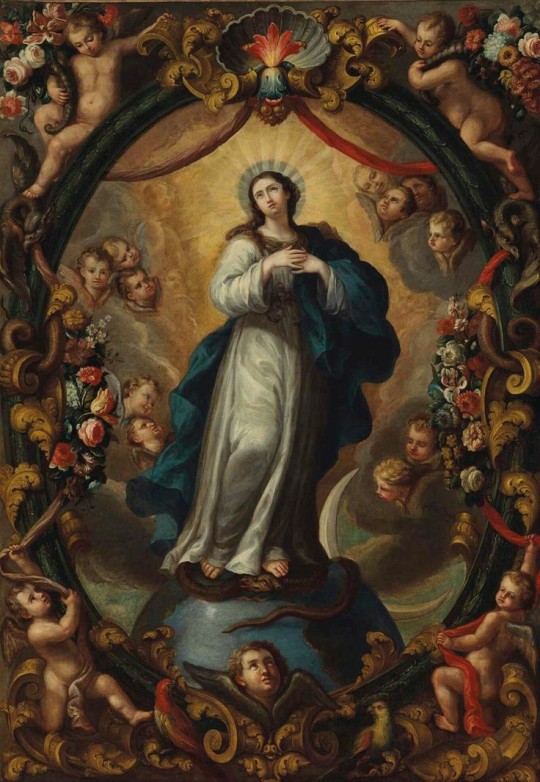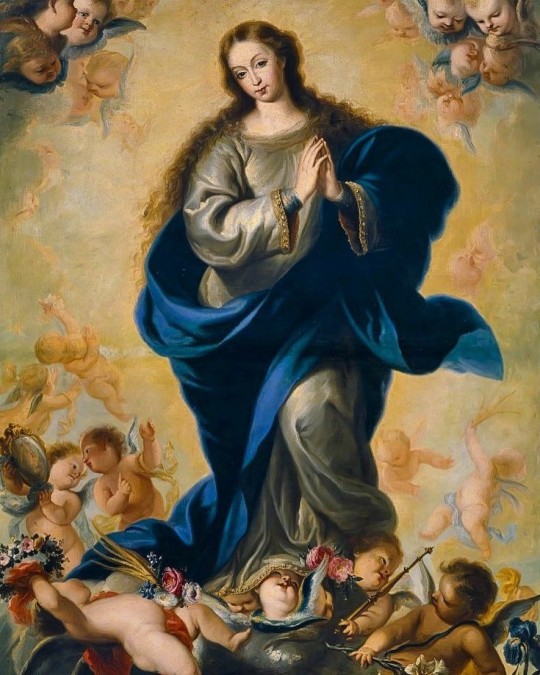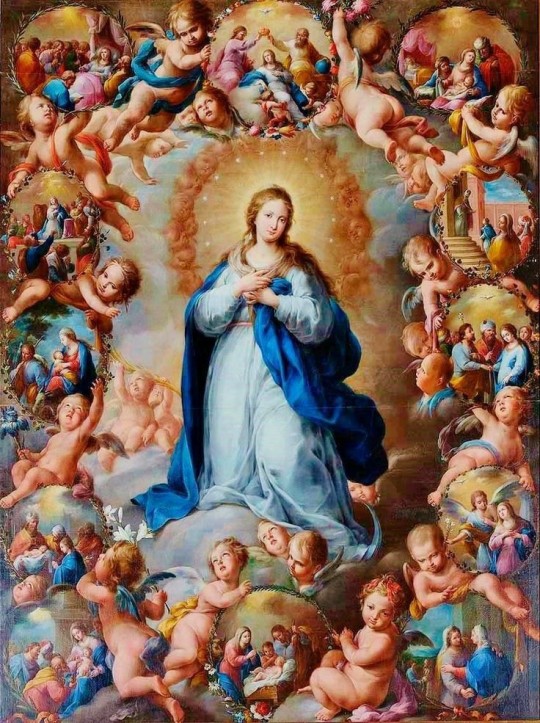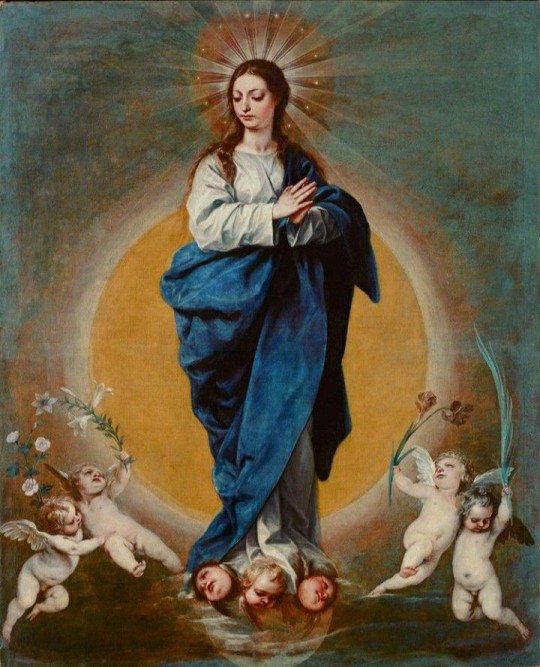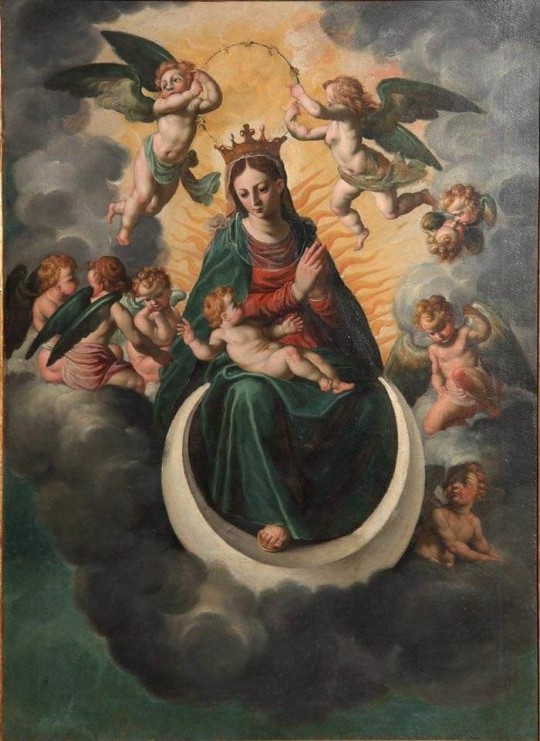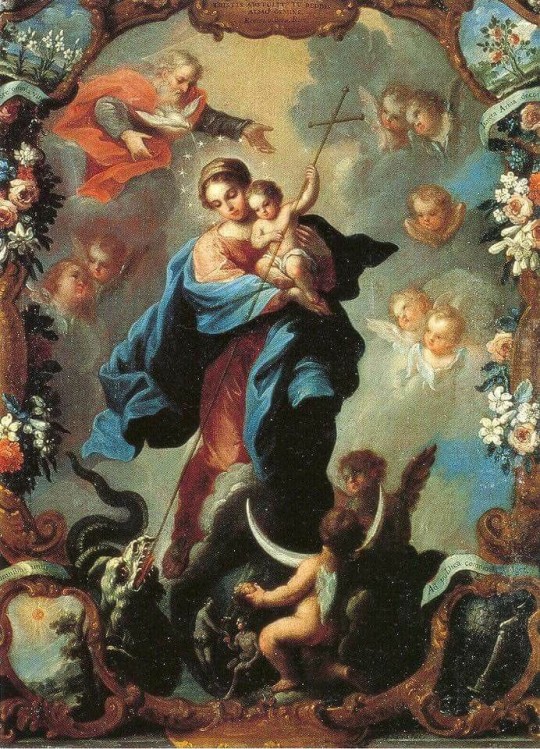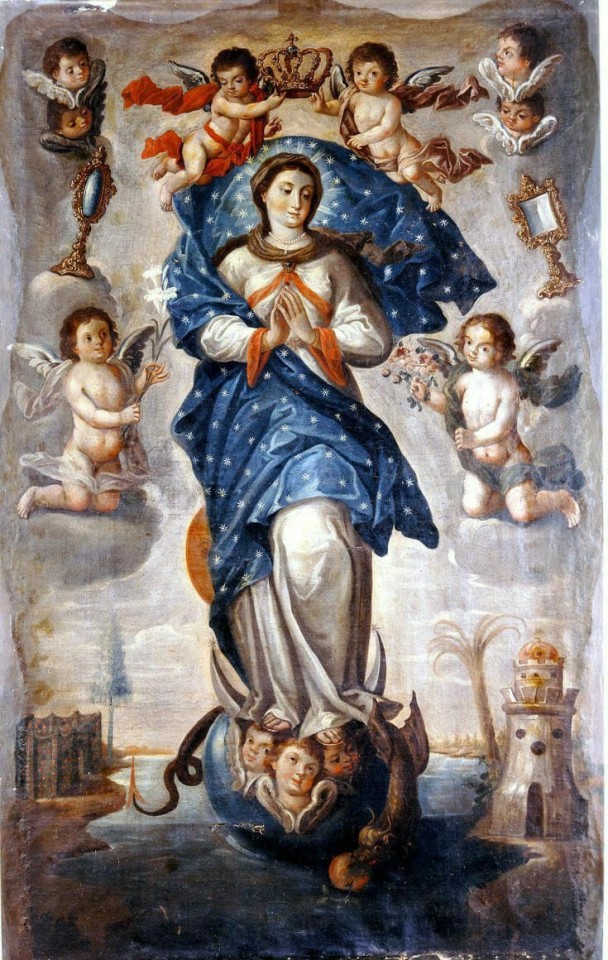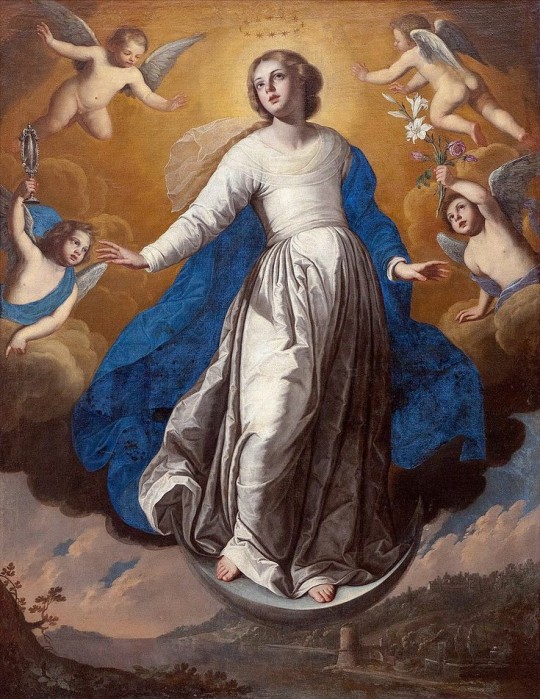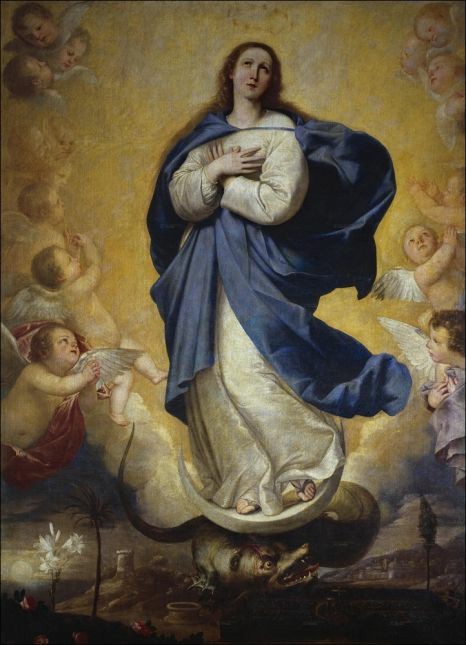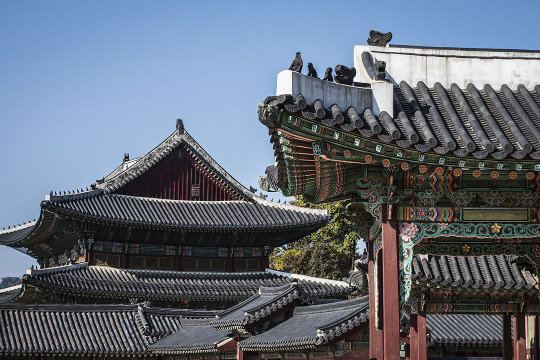K. / artist / culture&aesthetics / antiquity / eurasia. / i stand with ukraine 🇺🇦 / zhyve belarus!
Don't wanna be here? Send us removal request.
Text

Aizen Mayōō .. [2 / 2]
Museum of Fine Arts, Boston, MA
Nanbokucho period, 14th century
Japanese cypress with polychromy, gilding, and inlaid crystal; joined-woodblock construction
Aizen myoo, a deity in the Esoteric Buddhist pantheon, is believed to transform the desire for worldly gain into the desire for enlightenment. He is usually identified by his red skin color, lion-headed crown, six arms, and three eyes. His implements (the bow, lotus flower, bell, and ritual thunderbolt) are symbols of his resolve to conquer ignorance. Aizen worship was popular from the late 13th century, when Japan faced the threat of invasions of the Mongols- he was said to have the power to rally forces against the enemy. Texts describe the required form of images of Aizen. Here, however, the volumetric treatment of the drapery and the use of cut-gold leaf and floral arabesques to ornament the robes were artistic decisions made by the unidentified sculptor and members of his atelier.
9 notes
·
View notes
Text


Christian Dior RTW SS 1998.
Model: Amber Valletta.
497 notes
·
View notes
Text





Giovanni Lanfranco, "Council of the Gods" (1624-1625) Mariano Rossi, "The Apotheosis of Romulus" (1775-1779) Galleria Borghese - Ceiling Details Rome, Italy
2K notes
·
View notes
Text

Alexander Danilovich Menshikov, made in Russia ca. 1703, red pine, MET.
29 notes
·
View notes
Text
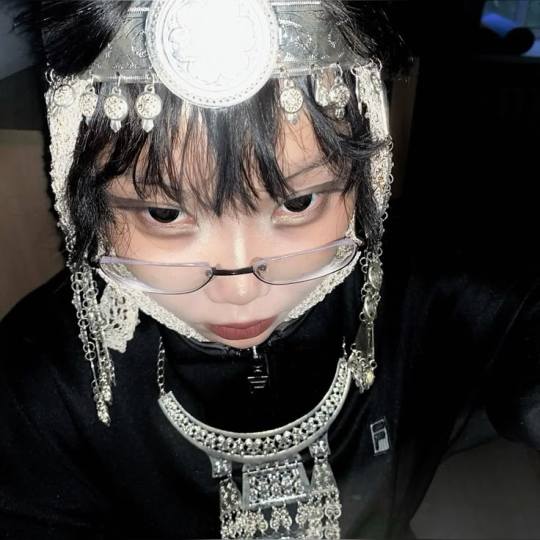

sakha / yakutia ❄️
5 notes
·
View notes
Text

Set of Four Painted Characters (hanging scroll), unknown Korean artist, 1800
79 notes
·
View notes
Text

Hyon Gyon — Aching Soul (acrylic, oil and metal leaf, on canvas, 2017)
409 notes
·
View notes
Text

Relief Fragment of a Bearded Man from the Fars Province, Iran dated between 522 - 486 BCE on display at the Kunsthistorisches Museum in Vienna, Austria
This relief was from the walls of Persepolis in Iran and the hair style and beard characterise this man as a Persian nobleman or an important official. It dates to the reign of King Darius the Great who funded a number of construction projects including the capital of the Achaemenid Empire, Persepolis in what is now the Fars Province.
Photographs taken by myself 2022
25 notes
·
View notes
Text


tuvan indigenous 🔵🟡
40 notes
·
View notes
Photo



Ethnic Tuvan Shamans in the Siberian Village of Belder, Republic of Tuva, Russia. Photographed by A. Abbas, 2001.
2K notes
·
View notes
